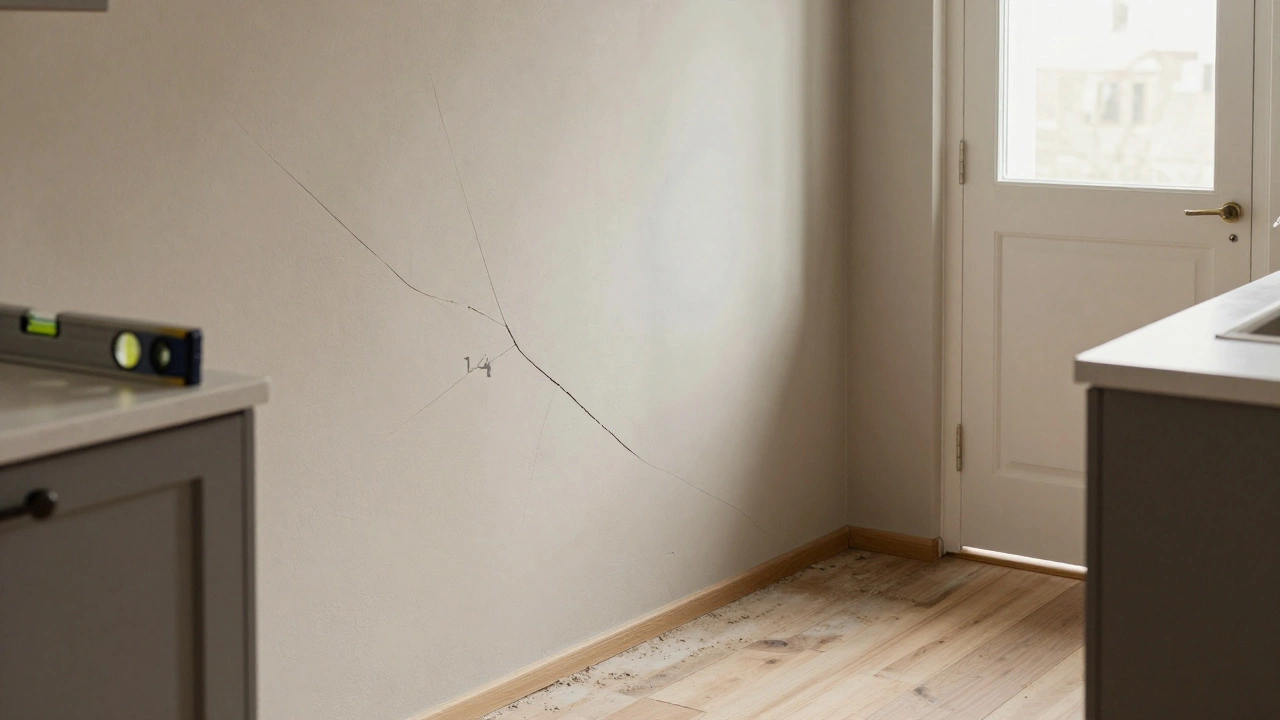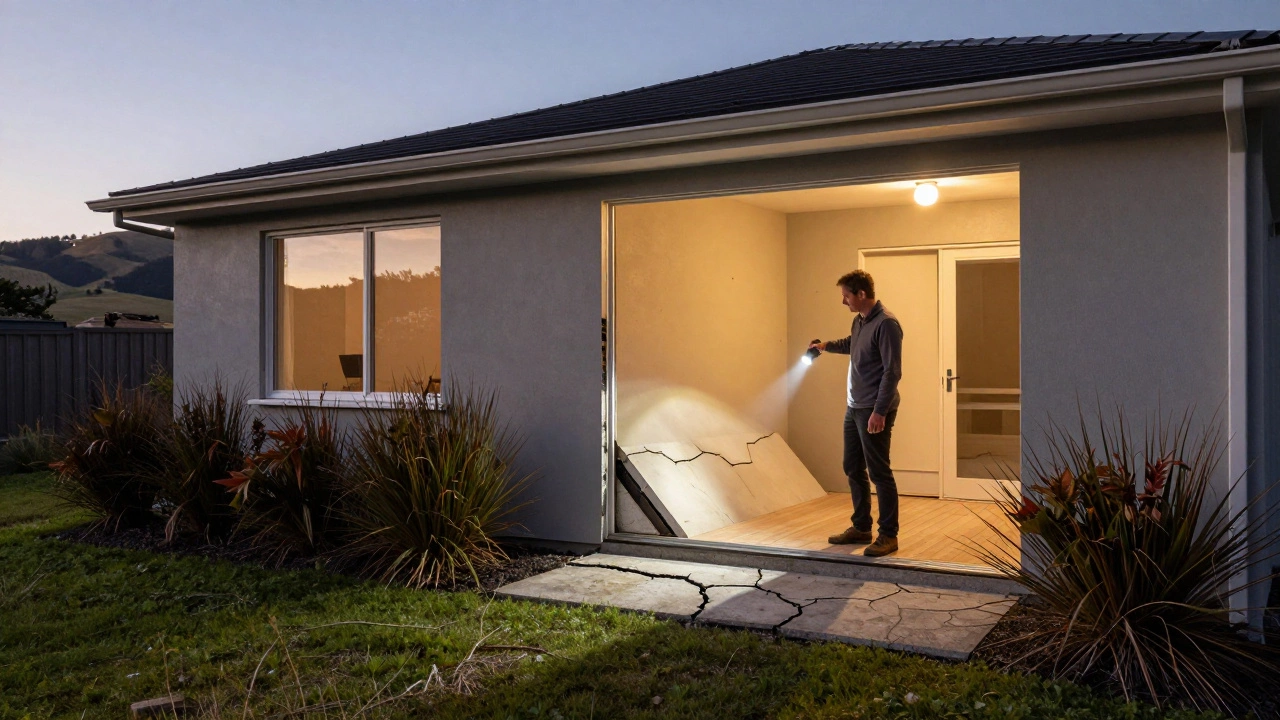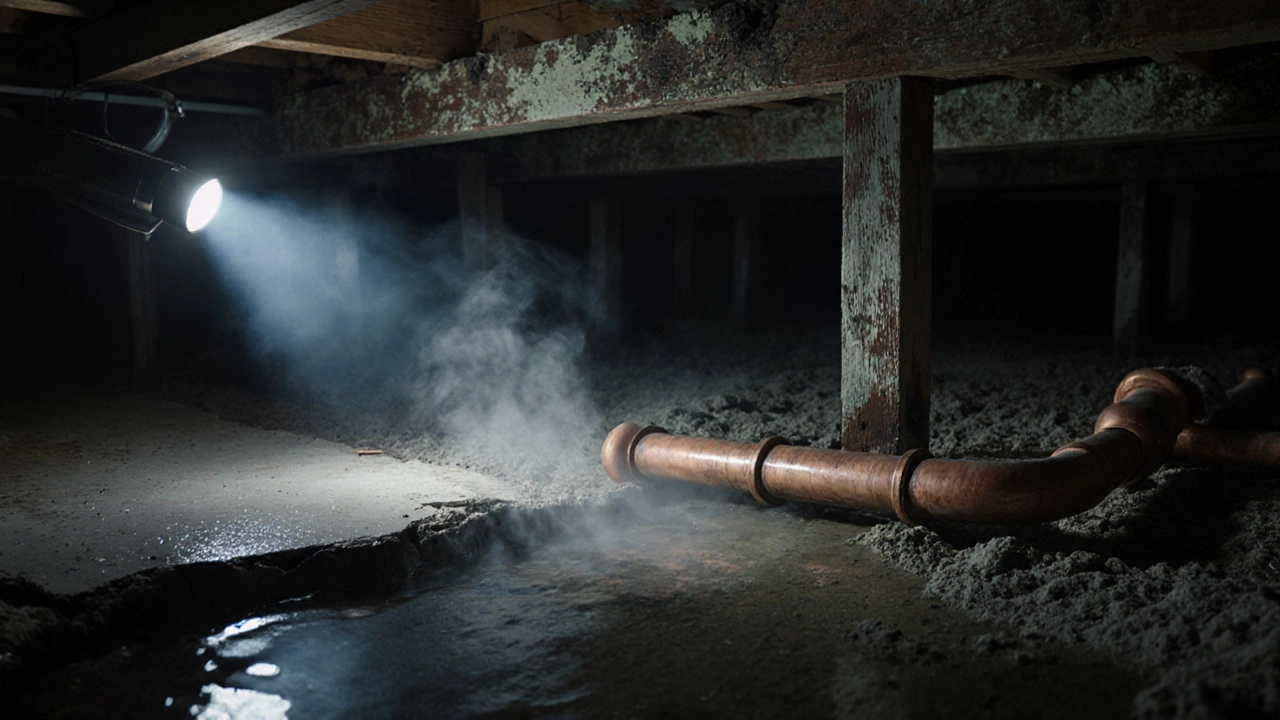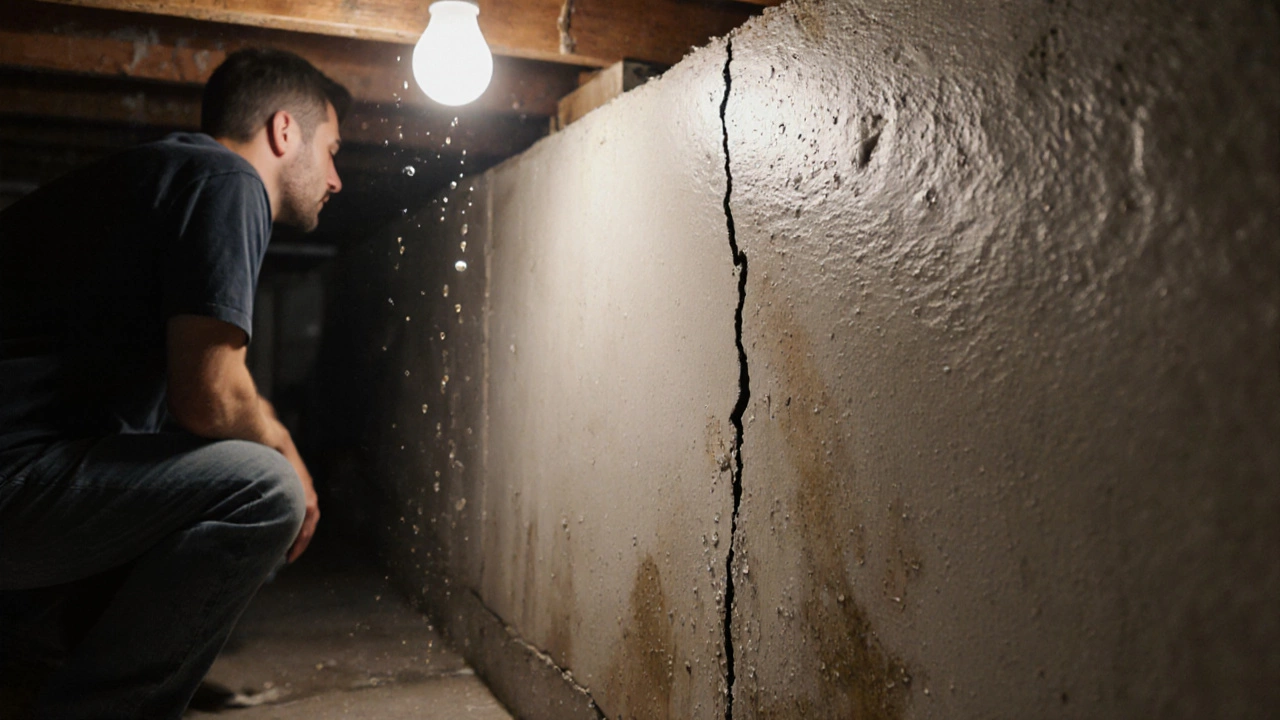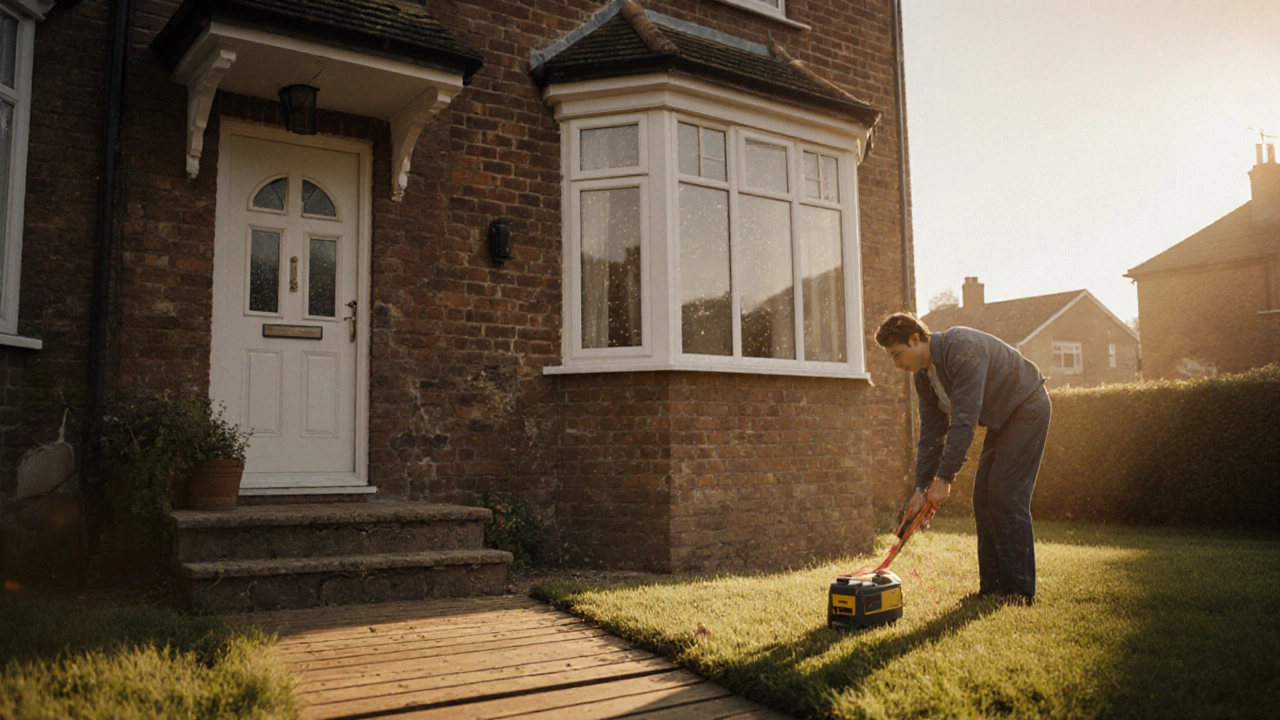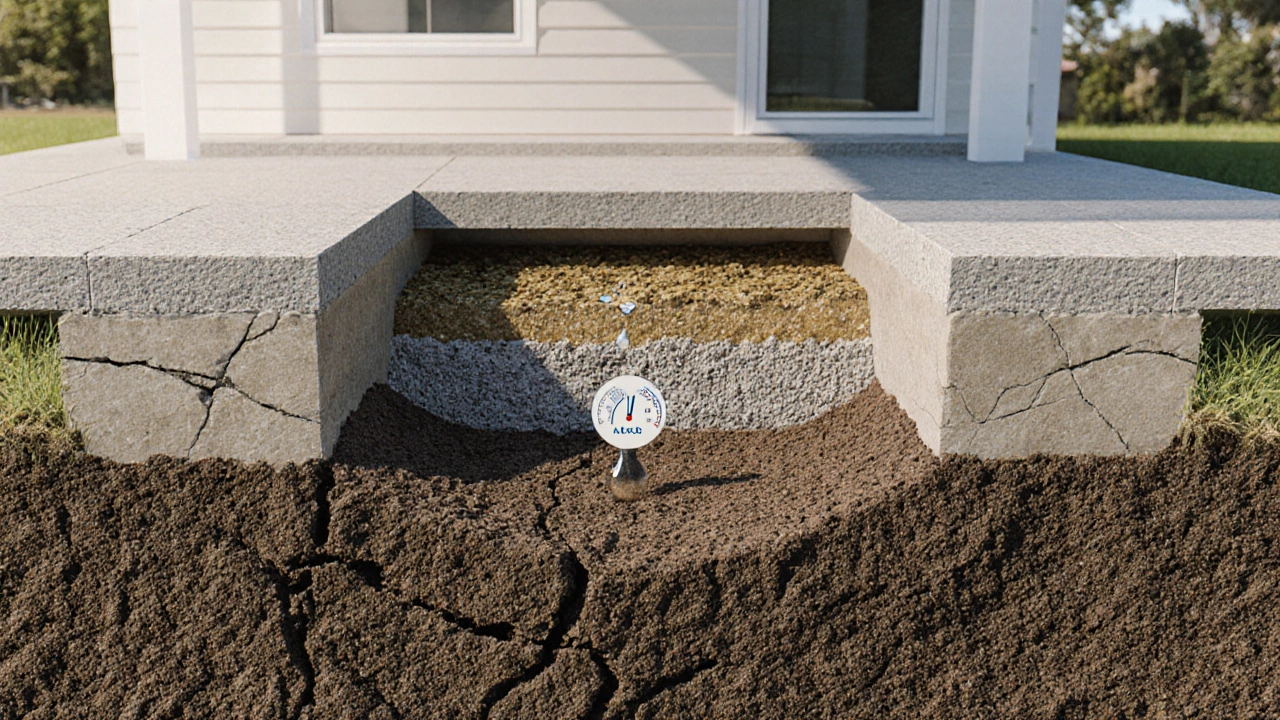Foundation Repair: What Homeowners Need to Know Now
If your floor feels bumpy, doors stick, or you see cracks in the walls, your foundation might be sending a warning. Ignoring those signs can lead to bigger, costlier fixes later. Below you’ll get simple ways to spot trouble, decide whether a DIY fix will do, and know when to call a professional.
Common Signs Your Foundation Needs Help
Not every crack means disaster, but a few red flags are worth a closer look:
- Vertical cracks that are wider than a hairline – especially around doors and windows.
- Horizontal cracks on basement walls – these often signal pressure from soil and need quick attention.
- Sagging or uneven floors – you’ll feel it when you walk across a room.
- Doors and windows that won’t close properly – the frame is shifting.
- Water stains or damp basements – water can weaken concrete and cause settlement.
When you notice any of these, grab a flashlight and a level. Measure the crack width with a ruler; if it’s more than 1/8 inch, you probably need a pro.
Choosing the Right Repair Method
There are three main ways to fix foundation issues, and each fits different situations:
- Epoxy injection – good for small, hairline cracks. A technician fills the crack with a strong resin that hardens and seals.
- Underpinning (piering) – used when the foundation has settled or is sinking. Steel piers are driven deep into stable soil and lift the house back into place.
- Slab jacking (mudjacking) – works for sunken slabs. A concrete slurry is pumped under the slab to raise it.
If the crack is on the interior and the house looks otherwise stable, you might try a DIY epoxy kit. Those kits come with clear instructions and a small amount of material. Just clean the crack, apply the epoxy, and let it cure for 24‑48 hours. Remember, DIY works only for shallow, non‑structural cracks. Anything with horizontal cracks, big gaps, or water intrusion should be left to a licensed foundation specialist.
Cost varies a lot. Expect a DIY epoxy kit to run under £100. Professional epoxy repairs start around £300, while underpinning can climb to £5,000 or more, depending on house size and soil condition. Get at least three quotes and ask each contractor to explain what they’ll do, how long it will take, and any warranty they offer.
Insurance usually doesn’t cover foundation damage unless it’s caused by a sudden event like a burst pipe. It’s worth checking your policy and, if you’re in a high‑risk area, consider adding a rider for structural issues.
Keeping your foundation healthy is an ongoing task. Make sure gutters direct water away from the house, maintain proper drainage, and avoid planting large trees too close to the foundation – roots can pull soil and cause settlement.
Bottom line: Spot the signs early, understand which repair method matches the problem, and don’t be afraid to get a professional opinion when the job looks big. With the right steps, you can protect your home’s stability and avoid expensive surprises down the road.


